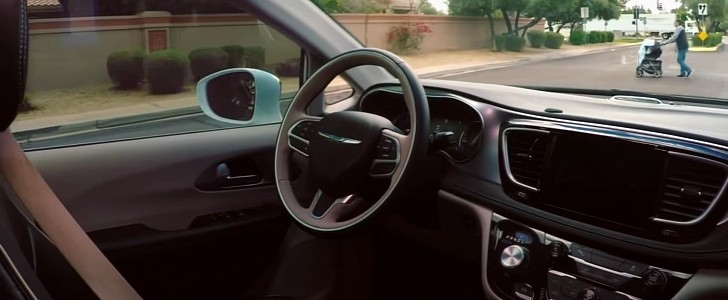Let’s face it, autonomous cars are pretty awesome. Taking some time off to stretch and perhaps grab a drink and still gain miles while on a long drive is extremely helpful. But the tech still seems to be at its infancy, leading to crashes - some fatal. When it turns tragic, who’s to blame? Law Commissions in England, Wales, and Scotland recommend vehicle users should not face sanctions if anything goes wrong.
According to the law commissions for England, Wales, and Scotland, drivers in autonomous vehicles need redefining as a “user-in-charge” with significantly different responsibilities. If anything happens, the company behind the system needs to be responsible, not the driver.
The law commissions jointly proposed the creation of an Automated Vehicle Act to reflect the “profound legal consequences” of autonomously driven vehicles. The individual in the driver seat would no longer be liable for how the car drives; instead, the company that obtained the authorization of the self-driving car would face regulatory sanction if anything went wrong, the BBC reported.
The report published on Wednesday stated that while the car is self-driven, humans need not respond to events in the absence of a transitional demand. It further noted that it was unrealistic to expect the driver not paying attention to the road to react to sudden events like a closed road sign or tire burst.
The commissions also requested a new regime to define what vehicle qualifies as self-driving. Automakers need to be clear about the difference between driver-assist features and autonomous driving.
Also, if any monitoring is necessary, for instance, in extreme conditions, then it should not carry an autonomous label, and the current driving rules need to apply.
The commission said it should be permissible for an autonomous car to create a transition demand for the driver behind the wheel to take control if it confronts an issue it cannot deal with. However, It needs to make the demand clear, giving the driver enough time to respond and mitigate the risk.
The law commissions jointly proposed the creation of an Automated Vehicle Act to reflect the “profound legal consequences” of autonomously driven vehicles. The individual in the driver seat would no longer be liable for how the car drives; instead, the company that obtained the authorization of the self-driving car would face regulatory sanction if anything went wrong, the BBC reported.
The report published on Wednesday stated that while the car is self-driven, humans need not respond to events in the absence of a transitional demand. It further noted that it was unrealistic to expect the driver not paying attention to the road to react to sudden events like a closed road sign or tire burst.
The commissions also requested a new regime to define what vehicle qualifies as self-driving. Automakers need to be clear about the difference between driver-assist features and autonomous driving.
Also, if any monitoring is necessary, for instance, in extreme conditions, then it should not carry an autonomous label, and the current driving rules need to apply.
The commission said it should be permissible for an autonomous car to create a transition demand for the driver behind the wheel to take control if it confronts an issue it cannot deal with. However, It needs to make the demand clear, giving the driver enough time to respond and mitigate the risk.









